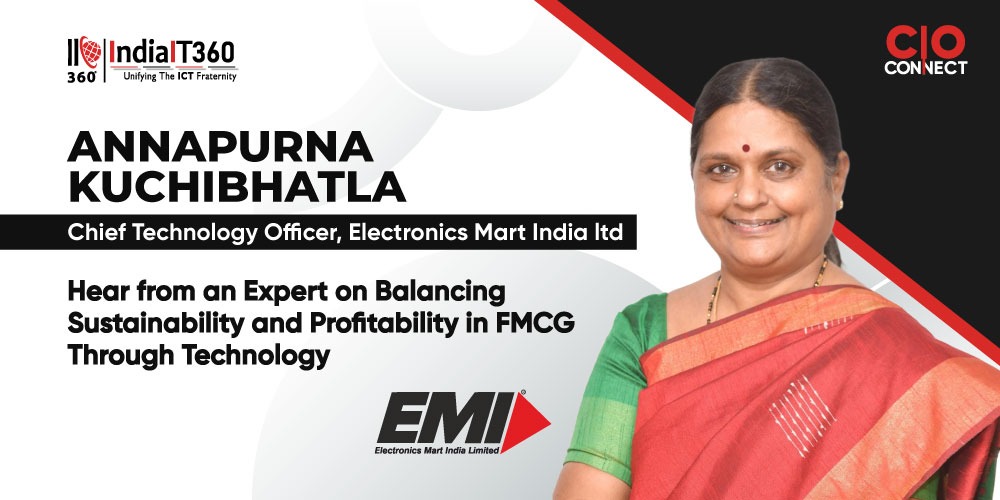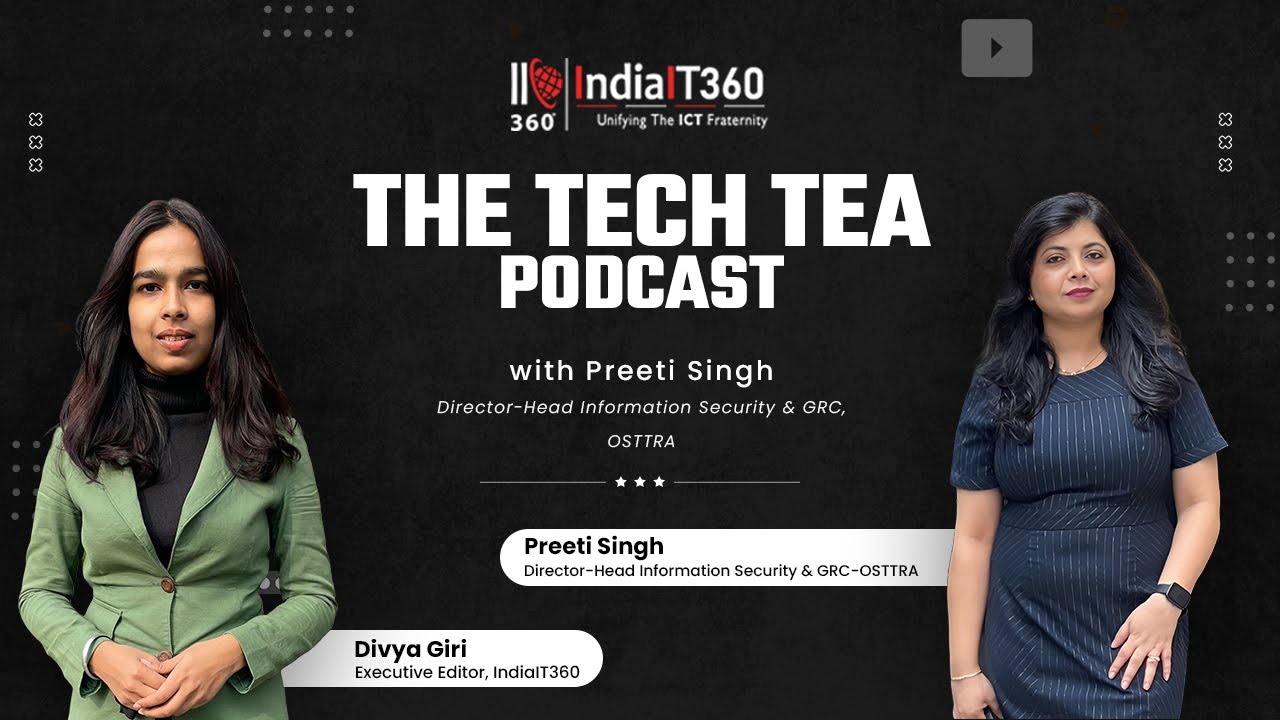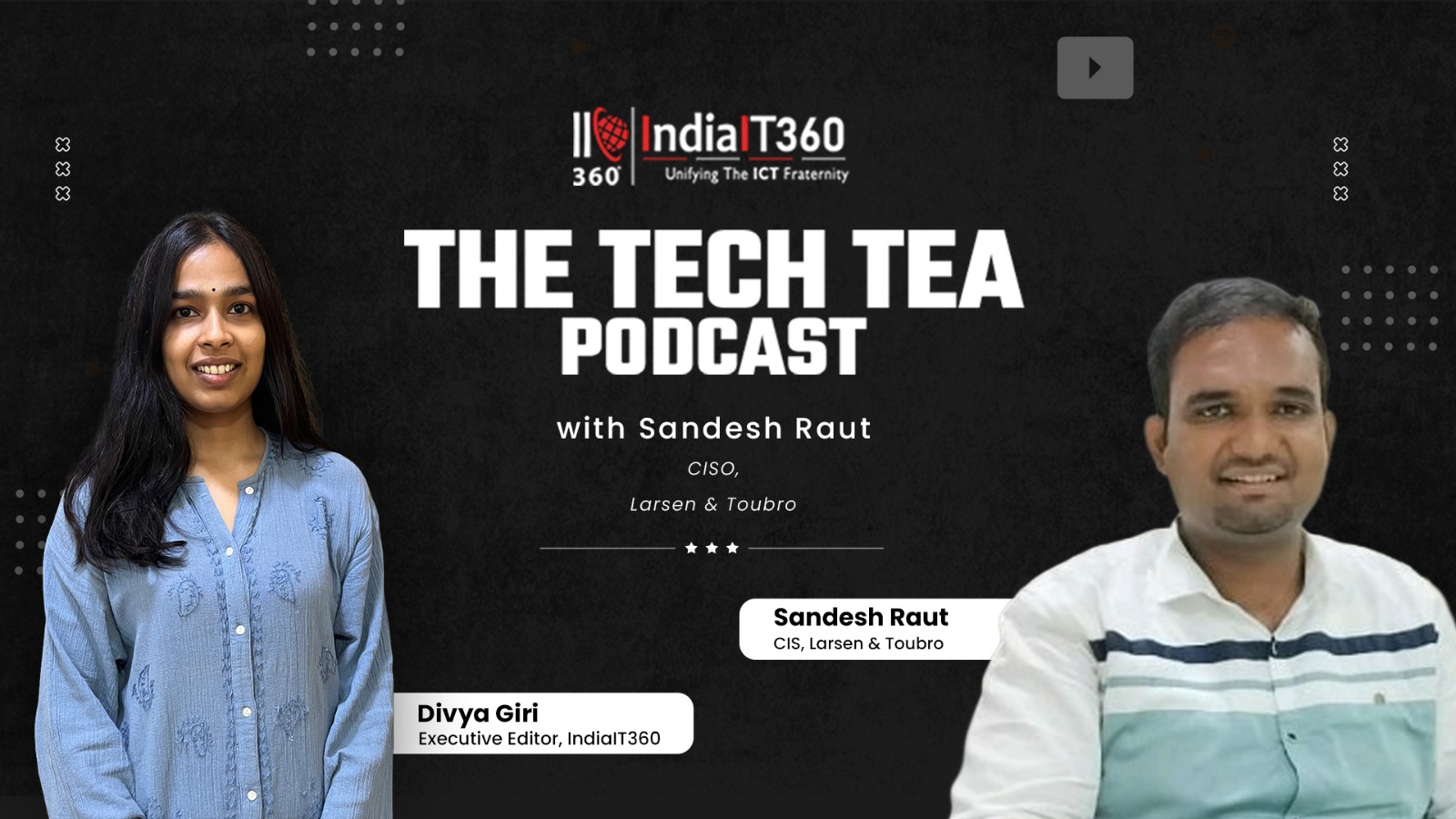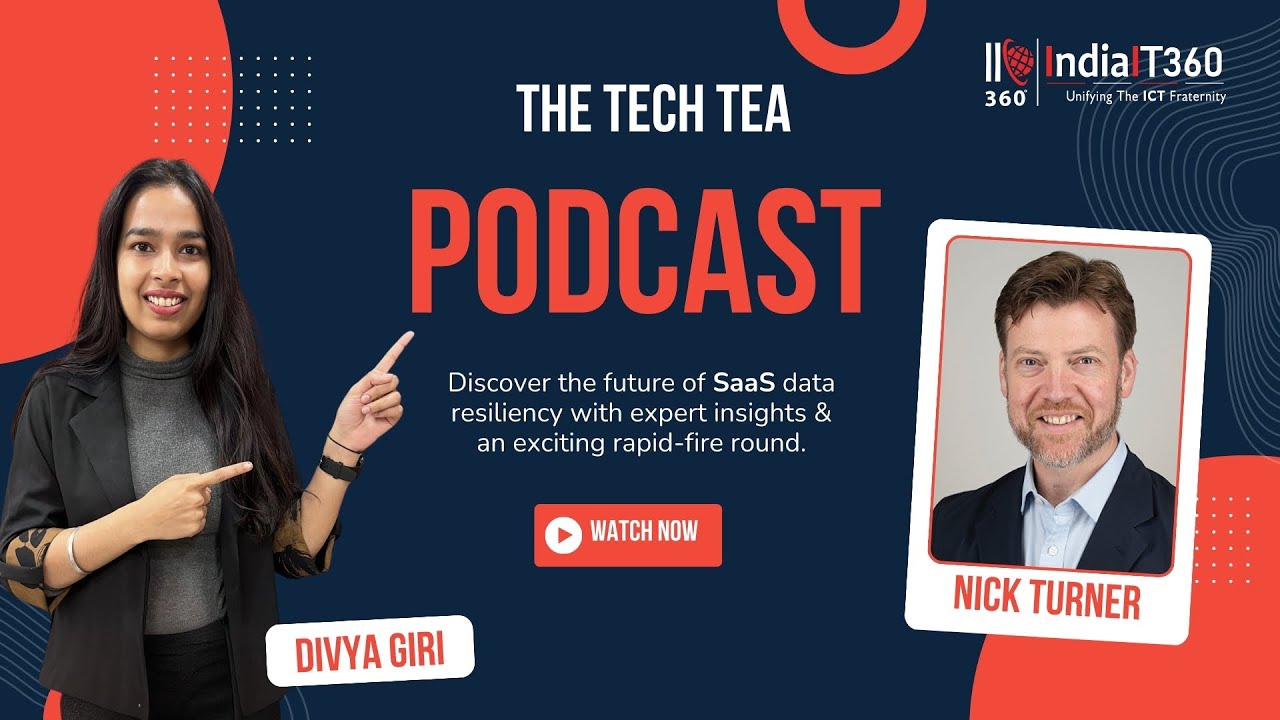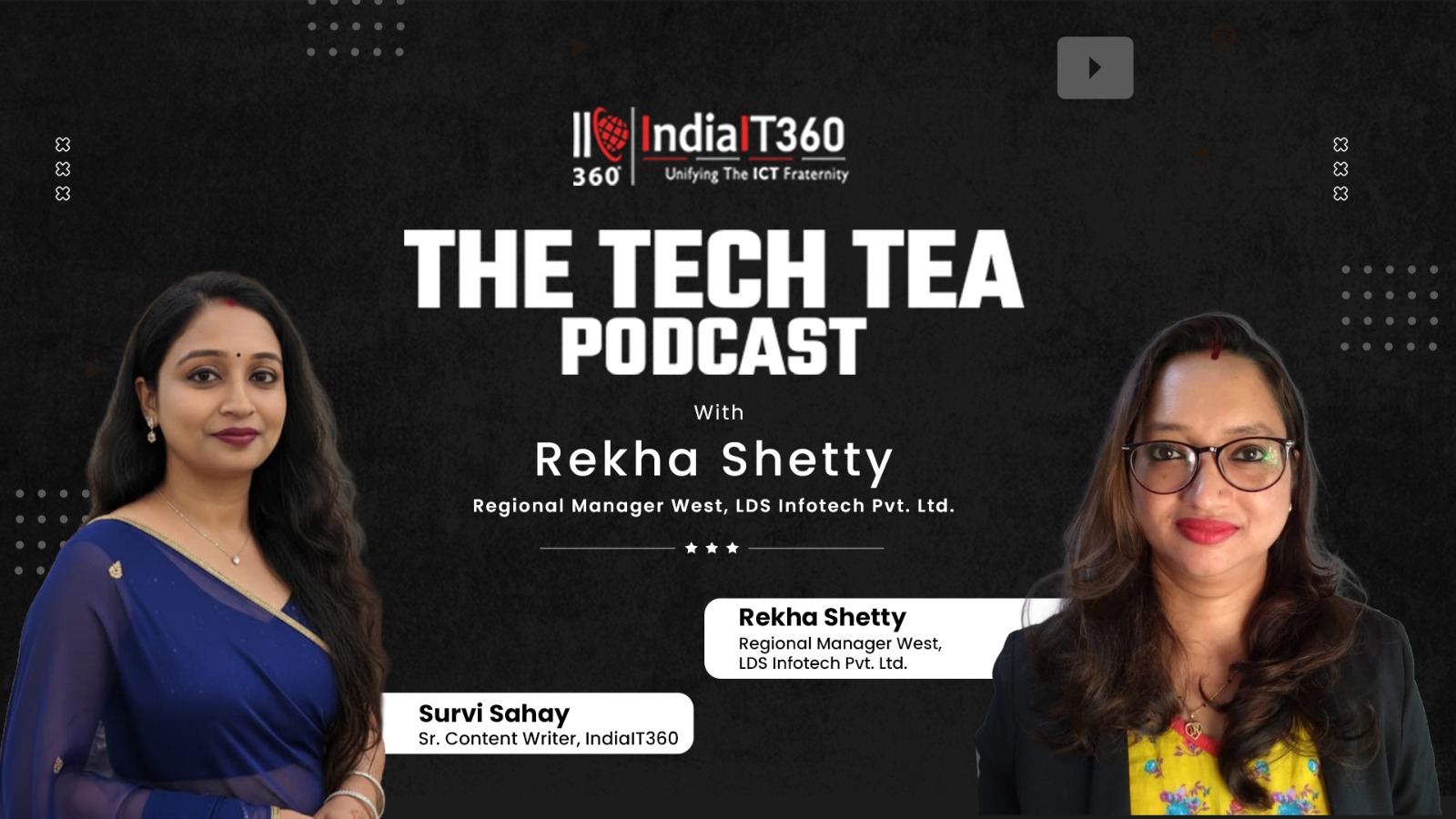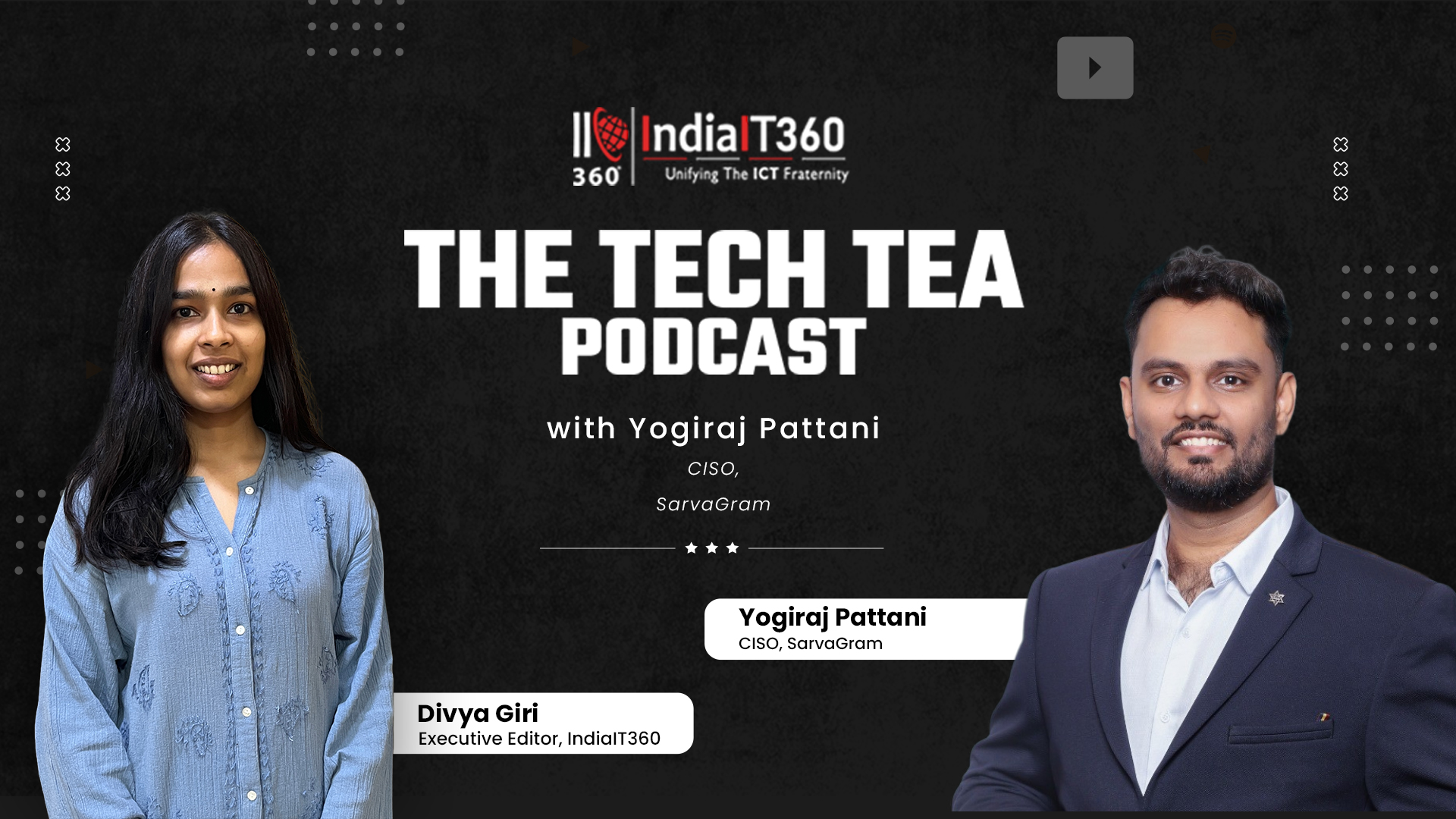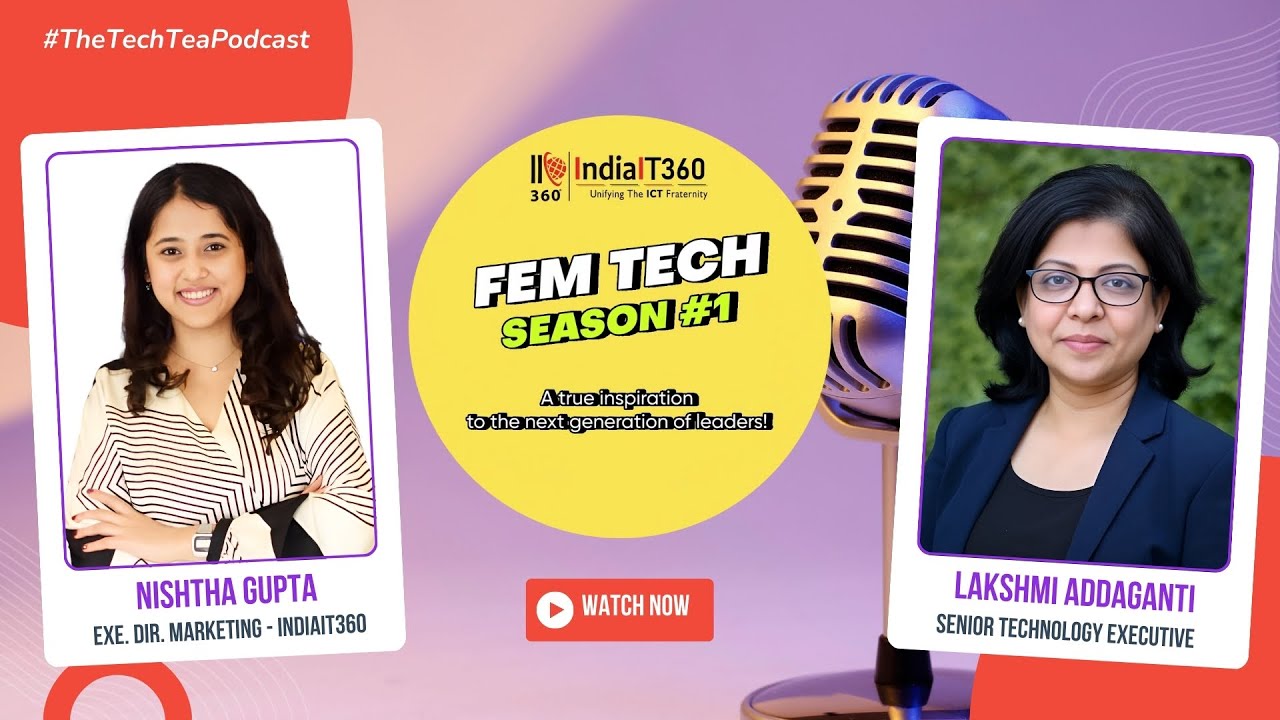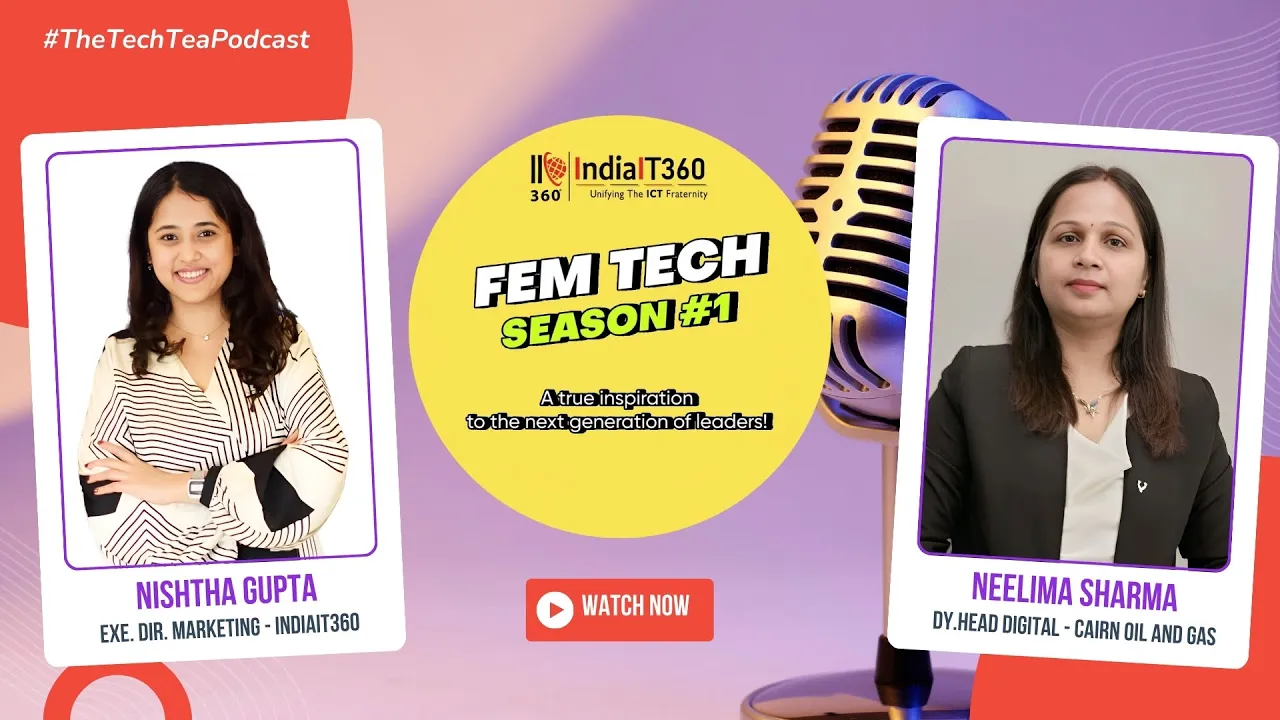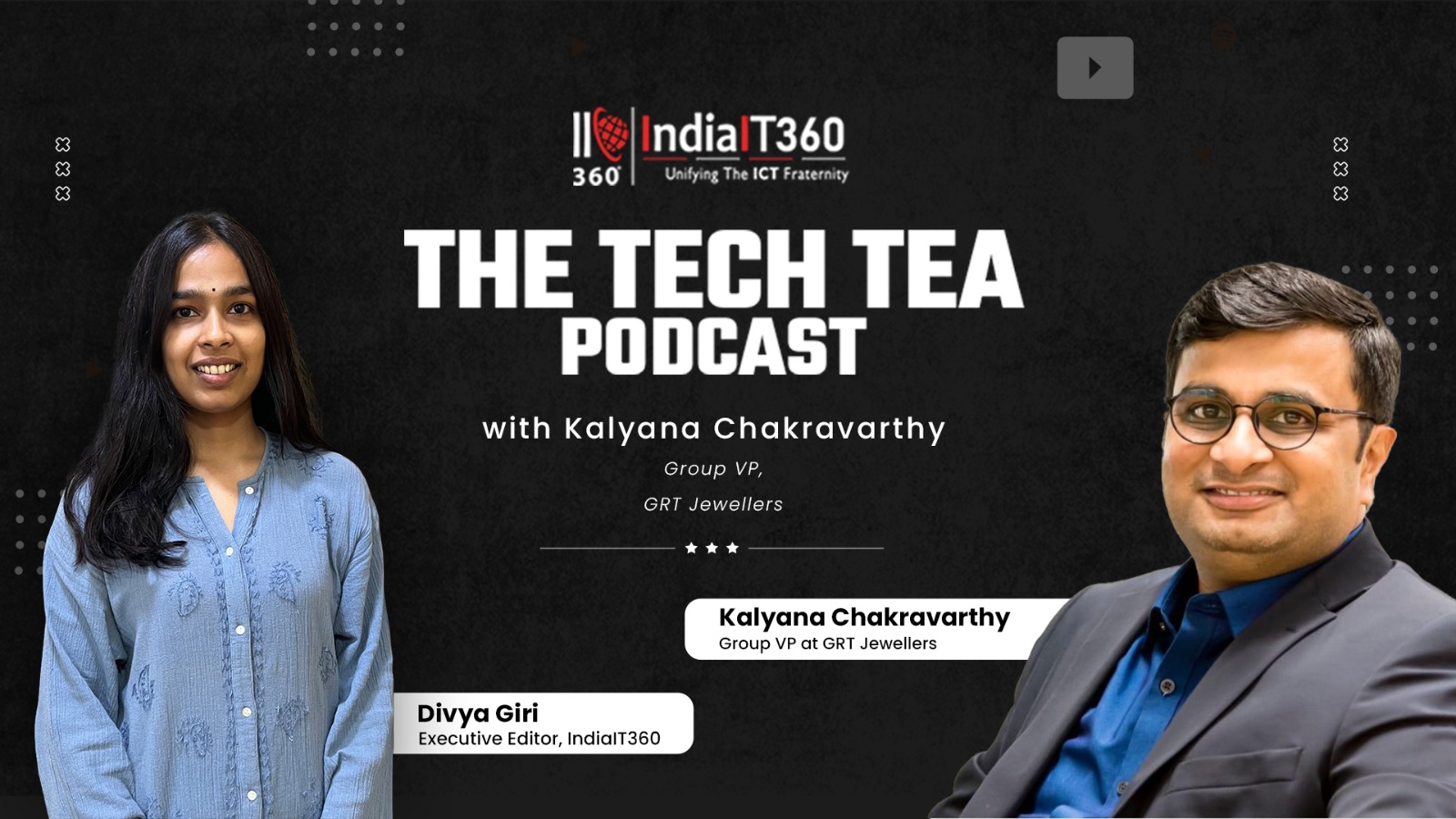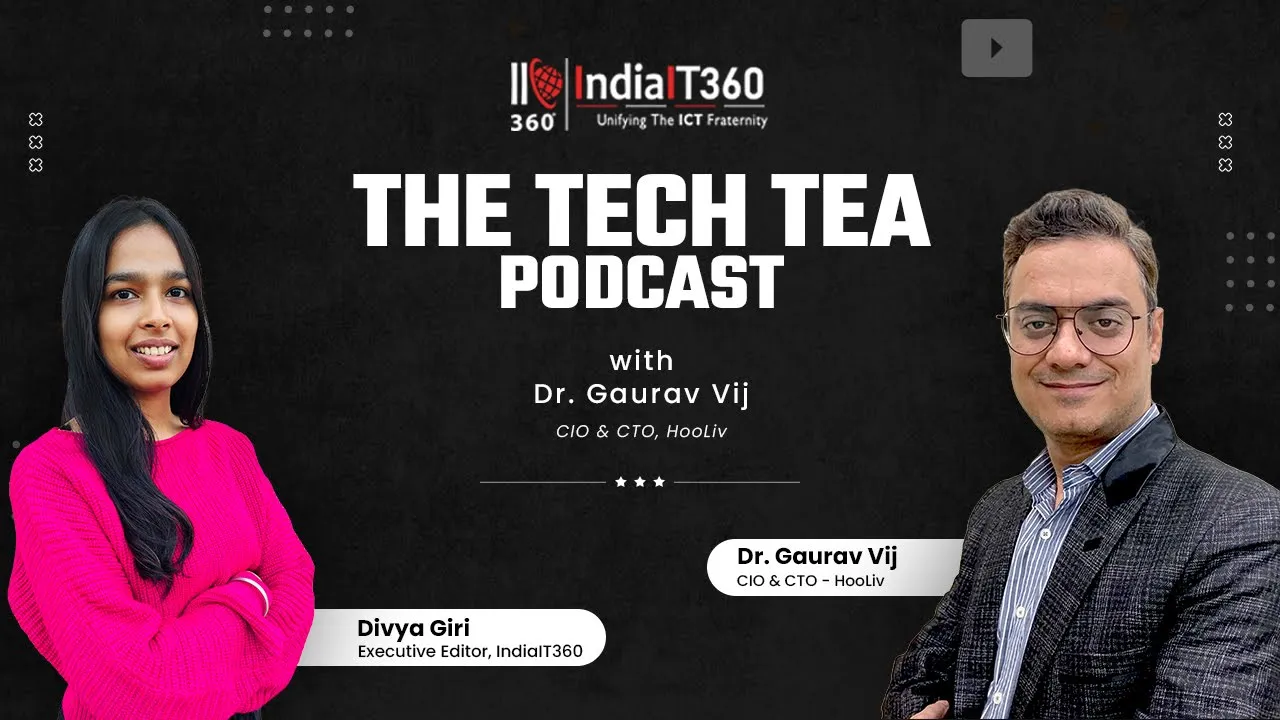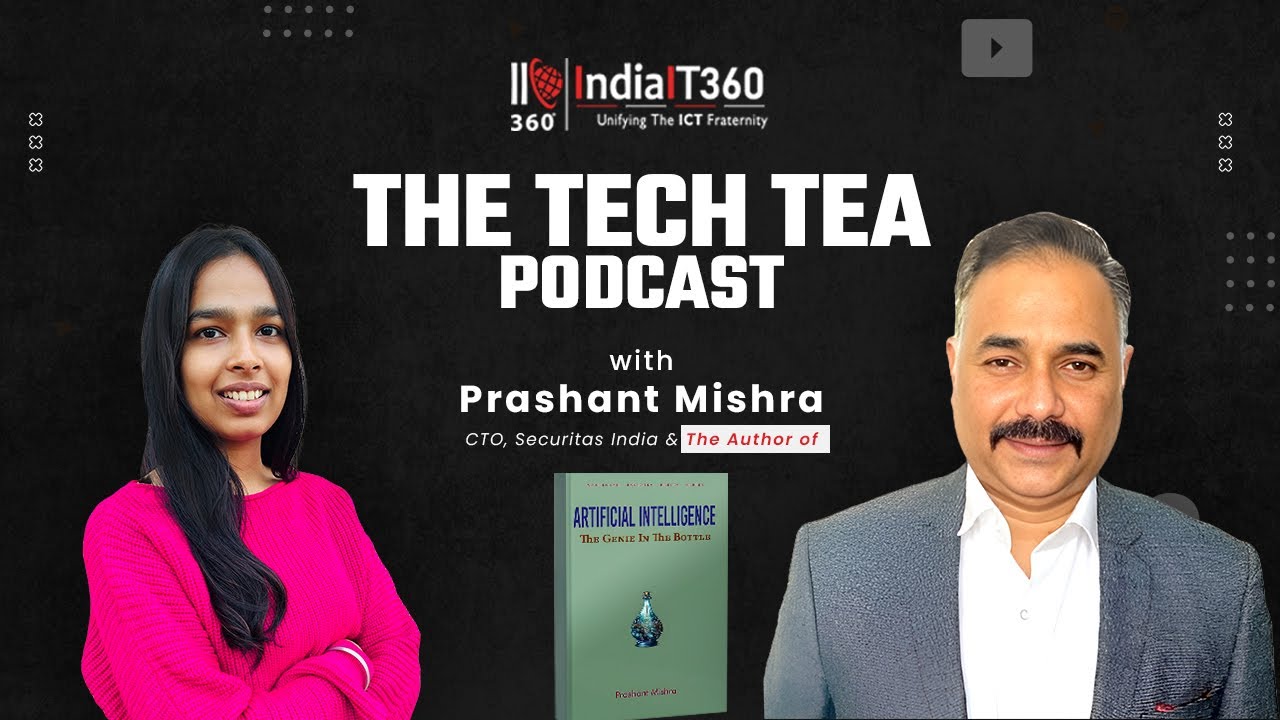Innovations in 5G and Beyond
Revolutionizing Enterprise Connectivity
The advent of 5G technology marks a significant milestone in the evolution of telecommunications. It has the potential to herald transformative changes far beyond what previous generations have achieved. With promises of unprecedented speeds, minimal latency, and the capacity to connect more devices simultaneously, 5G is poised to revolutionize how we interact with digital platforms across various sectors.
This article delves into the transformative potential of 5G and the subsequent technologies that will continue to reshape our digital landscape.
The Foundations of 5G
5G, or fifth-generation cellular network technology, is not merely an enhancement of its 4G predecessor but a fundamental reimagining of cellular communications. This technology is built on three primary pillars:
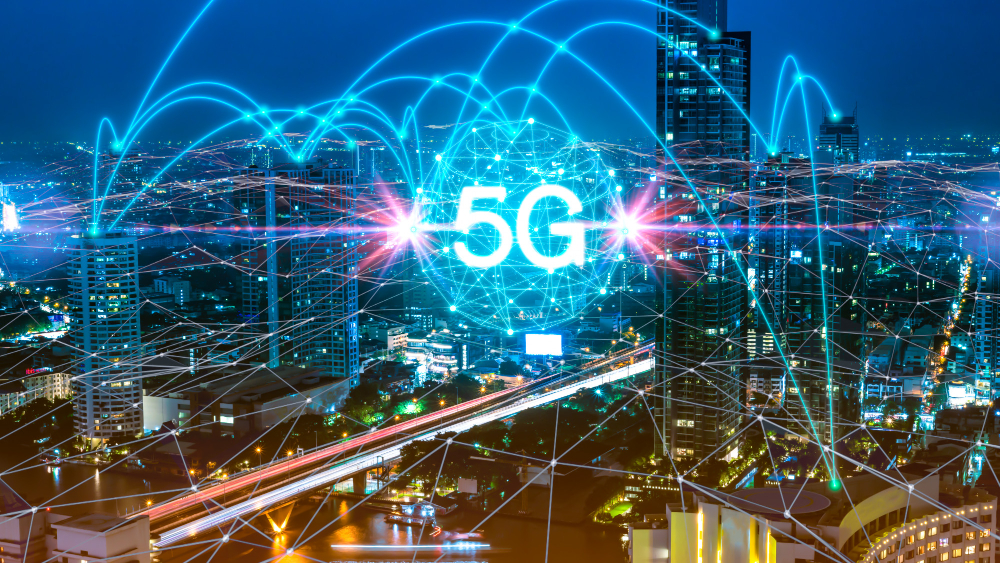 Enhanced Mobile Broadband (eMBB): 5G dramatically increases transmission speeds, which are anticipated to peak at 20 Gbps, facilitating ultra-high-definition video streaming, real-time gaming, and many more.
Enhanced Mobile Broadband (eMBB): 5G dramatically increases transmission speeds, which are anticipated to peak at 20 Gbps, facilitating ultra-high-definition video streaming, real-time gaming, and many more.
- Ultra-Reliable Low-Latency Communications (URLLC): With latency under one millisecond, 5G can support applications requiring real-time feedback, which is critical for autonomous vehicles and remote surgeries.
- Massive Machine Type Communications (mMTC): Designed to connect billions of IoT devices, 5G networks can handle vast data from sensors and smart devices without lag, transforming industries through extensive automation.
Impact on Enterprise Solutions
5G’s capabilities enable transformative changes across various business sectors:
- Enhanced Connectivity and Network Reliability: Businesses increasingly rely on cloud solutions and real-time data exchange. 5G ensures continuous connectivity, which is critical for the seamless operation of services from e-commerce to cloud computing.
- IoT and Industrial Automation: With its ability to support a massive number of devices simultaneously, 5G is pivotal for the Internet of Things. This enhances industrial automation, allowing for smarter, more efficient manufacturing processes, predictive maintenance, and logistics management.
- Augmented and Virtual Reality (AR/VR): The high data speeds and low latency of 5G makes it ideal for immersive AR and VR experiences, which can be leveraged for training, simulations, and enhanced customer service in fields ranging from education to healthcare and retail.
- Smart Cities and Infrastructure: 5G can revolutionize urban management and public services, including intelligent traffic systems, enhanced security through widespread surveillance, and more efficient energy management.
Challenges and Considerations
The deployment of 5G technology comes with its set of challenges:
Infrastructure Investment: Establishing the necessary infrastructure for 5G, such as small cells, antennas, and new spectrum bands, requires significant investment.
Cyber security Risks: The increase in connected devices and reliance on network connectivity raises potential security risks, necessitating advanced cyber security measures.
Health and Environmental Concerns: The environmental impact of deploying millions of new devices and concerns about radiation from new antennas have sparked discussions among scientists and regulators.
The Future: 6G and Beyond
Looking beyond 5G, the industry anticipates the advent of 6G around 2030. Predictions for 6G include: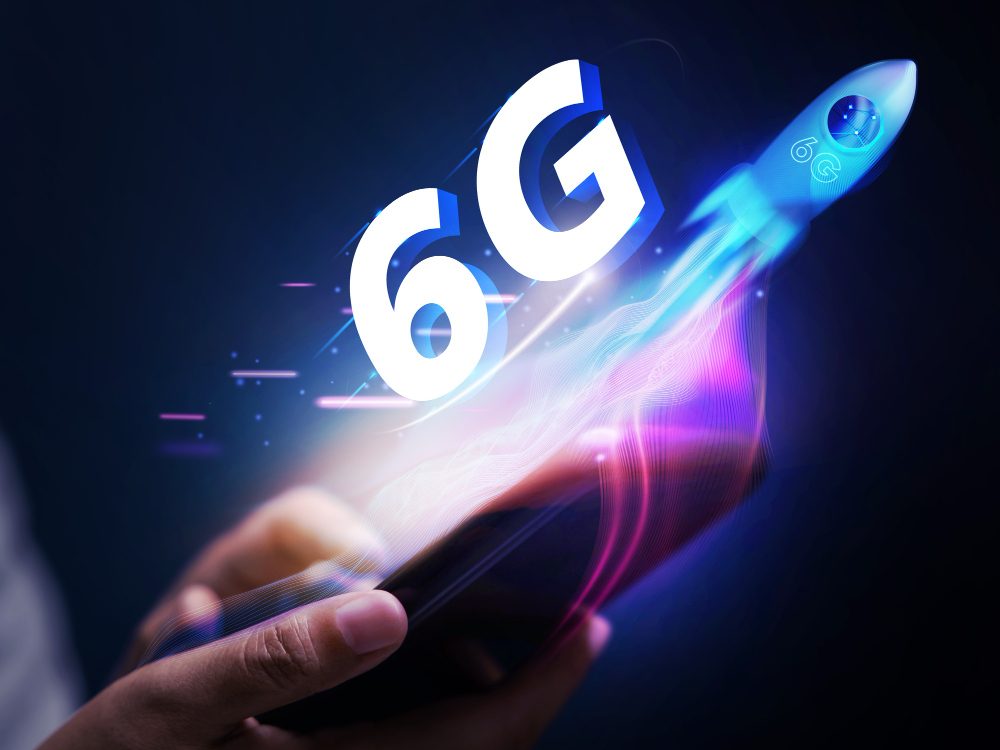
- Terahertz Frequencies: 6G could leverage sub-millimeter and terahertz frequency bands, offering even higher capacities and lower latencies.
- Advanced Applications: 6G might enable applications like high-resolution holographic displays for more immersive virtual realities and next-level AI capabilities integrated directly into devices and infrastructure.
- Greater Automation: Enhanced connectivity could lead to more autonomous infrastructures in industries such as transport, healthcare, and agriculture, driving significant efficiency gains.
Case Studies: 5G at Work
- Healthcare – 5G can enable remote diagnosis and treatment, telemedicine, robotic surgery, and real-time data analysis, improving access and quality of care for patients and providers. For example, 5G can allow doctors to perform complex procedures on patients in remote locations using haptic feedback and high-definition video. 5G can also support wearable devices and sensors that monitor vital signs and health conditions, alerting medical staff and emergency services in case of anomalies or emergencies.
- Education – 5G can support immersive learning experiences, such as virtual reality and augmented reality, as well as personalized and adaptive learning platforms, enhancing student engagement and outcomes. For example, 5G can enable students to interact with realistic simulations of historical events, natural phenomena, or scientific experiments. 5G can also facilitate customized and flexible learning paths based on the student’s preferences, abilities, and progress.
- Manufacturing – 5G can facilitate smart factories, where machines, sensors, and robots communicate and coordinate in real-time, increasing productivity, safety, and efficiency. For example, 5G can enable predictive maintenance, where machines can detect and report faults and malfunctions before they cause downtime or damage. 5G can also support collaborative robots, or cobots, that can work alongside humans, assisting them with tasks that require precision, strength, or speed.
- Transportation – 5G can support autonomous vehicles, intelligent traffic management, and smart logistics, reducing congestion, emissions, and costs. For example, 5G can enable vehicle-to-vehicle and vehicle-to-infrastructure communication, allowing cars to exchange information and coordinate actions, such as lane changing, braking, or platooning. 5G can also optimize traffic flow and routing based on real-time data and analytics. 5G can also enhance the efficiency and reliability of freight and delivery services using drones, robots, and smart tracking systems.
- Agriculture – In the U.S., farmers are using 5G to power IoT devices that monitor soil moisture and crop health, optimizing resources and boosting production.
The transition to 5G and the exploration into 6G and beyond represent more than just technological advancements—they signify a fundamental shift in how industries operate and how services will be delivered in the future. While the challenges are non-trivial, the potential to dramatically improve efficiency, enhance services, and reduce costs is immense. The businesses that embrace these technologies stand to gain a substantial competitive advantage in the evolving digital landscape.
Article Written by : Prince Joseph – Group CIO, SFO Technologies Pvt. Ltd. (NeST Group)







